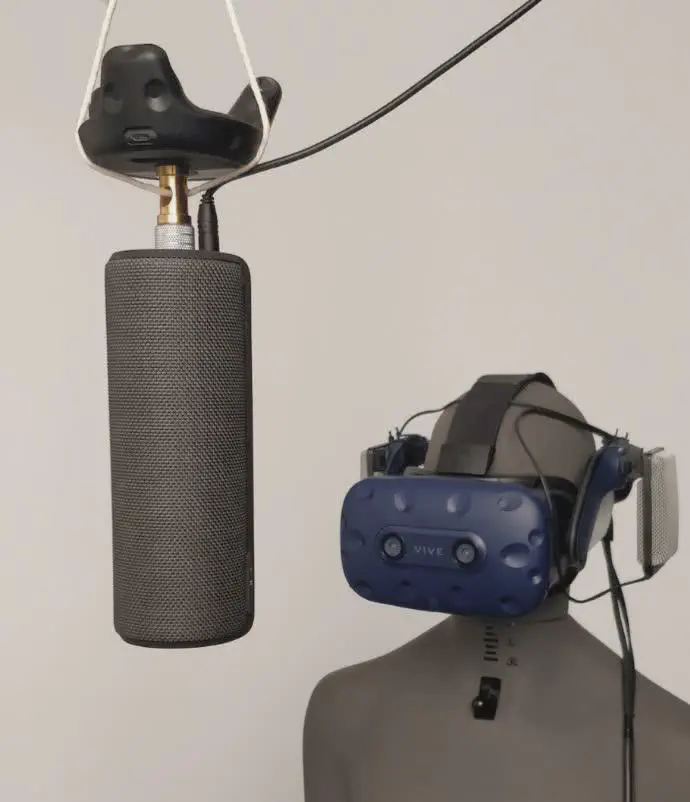Perceptual Study of Near-Field Binaural Audio Rendering in Six-Degrees-of-Freedom Virtual Reality

Abstract
Auditory localization cues in the near-field (< 1.0 m) are significantly different than in the far-field. The near-field region is within an arm’s length of the listener allowing to integrate proprioceptive cues to determine the location of an object in space. This perceptual study compares three non-individualized methods to apply head-related transfer functions (HRTFs) in six-degrees-of-freedom near-field audio rendering, namely, far-field measured HRTFs, multi-distance measured HRTFs, and spherical-model-based HRTFs with near-field extrapolation. To set our findings in context, we provide a real-world hand-held audio source for comparison along with a distance-invariant condition. Two modes of interaction are compared in an audio-visual virtual reality: one allowing the participant to move the audio object dynamically and the other with a stationary audio object but a freely moving listener.